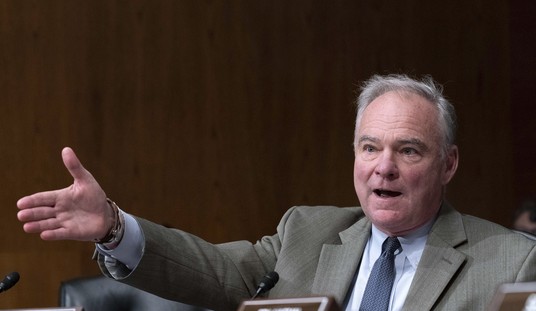The House of Representatives will soon begin work on immigration reform. Multiple channels have suggested that the House will not take the same track that the Senate did, and they'll consider different policies as individual bills. Rep. Goodlatte, chair of the House Judiciary Committee, said that a "pathway to citizenship" is the lowest priority for House GOP leadership - but that a legalization track may be a possibility:
Rep. Bob Goodlatte, the Virginia Republican who leads the House Judiciary Committee, said he does not foresee a proposal that could provide a simple mechanism for immigrants here illegally to earn full standing as U.S. citizens, as many Democrats have demanded. Goodlatte's committee members have been working on bills that address individual concerns but have not written a comprehensive proposal to match the Senate's effort.
The House answer would not be "a special pathway to citizenship where people who are here unlawfully get something that people who have worked for decades to immigrate lawfully do not have," he said.
A pathway to legal standing, similar to immigrants who have green cards, could be an option, he said.
Republicans have in the past emphasized border security as their highest priority. One place to start may be to re-evaluate 2006's Secure Fence Act, which required double-layer fencing along 700 miles of the southern border. The Senate proposal that passed only required "pedestrian fencing" - a significantly less secure version of a border fence - over 700 miles, and analysts pointed out that the legislation allows for the possibility that the Department of Homeland Security could simply ignore the fencing requirement.
The Secure Fence Act was watered down after its passage, and double-layered fencing is now only operational along 36 miles of the southern border. Former Sen. Kay Bailey Hutchison added an amendment to the Secure Fence Act in 2007 that allowed the Department of Homeland Security the leeway to simply ignore the requirements of 2006's legislation - and that's exactly what DHS did.
Recommended
Politifact wrote that the "vast majority" of the Secure Fences Act's fencing requirement was completed with "vehicle barriers and single-layer pedestrian fence." Pedestrian fencing is what's required in the Senate's bill as well. Vehicle fencing, for the uninitiated, is intended to stop only vehicles, not people, and looks like this:

So, to recap: in 2006, Congress passed a fairly strong border security bill that was watered down by DHS and subsequent Congresses. Much of the border that was intended to have high-security double-layer fence is covered by a fence like that pictured above. The Senate immigration bill that passed last week after supposedly having beefed up its security measures is still weaker than legislation that passed Congress in 2006.
Republicans have long held border fencing to be a top priority in immigration reform. Watch for House Republicans to push a border security bill that's got a few more teeth than the Senate's.
























Join the conversation as a VIP Member